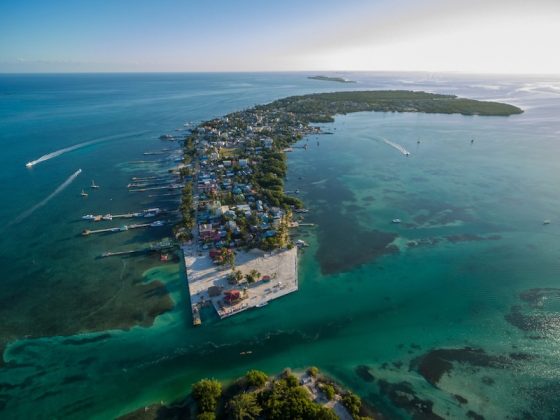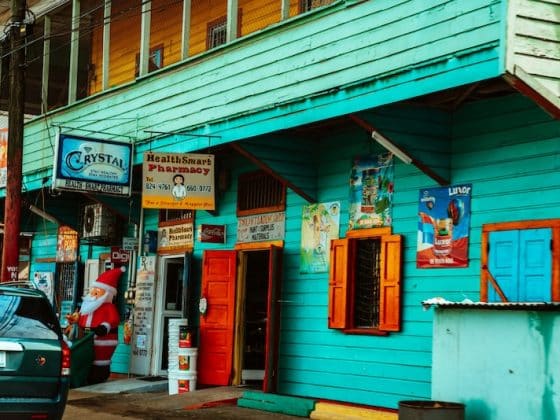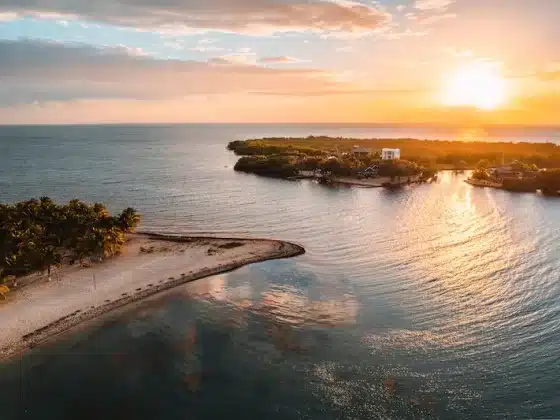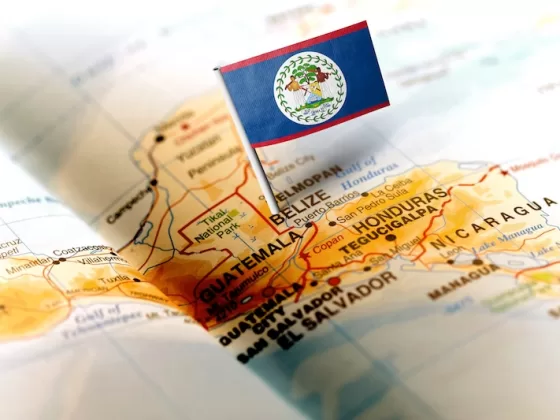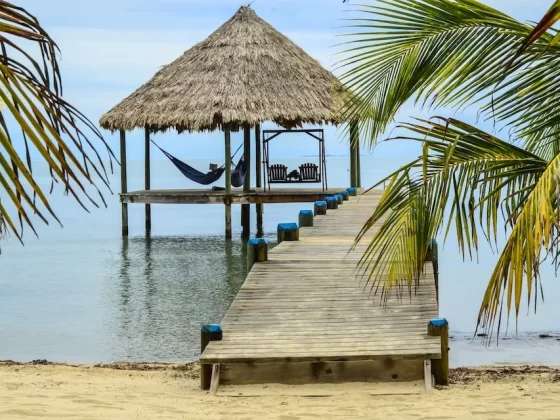Of all the financial systems I’ve ever studied, none have seemed more favourable for offshore banking than Belize. A lot of times, when I’m talking to my clients, I tell them not to follow policy but rather the economic circumstances which might give rise to a potentially useful financial policy. When governments aim for macroeconomic stability, they create opportunities that investors can capitalize on for their benefit. Having said this, the Belize financial system has undergone significant restructuring over the years to promote investment in the country and as such, it presents all interested investors with a chance to move their funds abroad.
The financial legislation has gone beyond all expectations to protect the interests of account holders and creditors to make the borrowing process much easier in the domestic market. To that end, the banking system is still at a stage where interest rates are relatively high and international banks in Belize are accepting savings from across the world to create avenues for future investment.
Belizean Economy
For the past few years, the Belizean economy has exhibited stagnation that research groups like those at the Inter-American Development bank put down to the high cost of borrowing. The idea is that since people in Belize don’t earn enough to save themselves, there is a need to improve FDI inflows, which can then be used to promote investment in the country. For this reason, you’re guaranteed high-interest rates and thorough financial privacy since the Belize Central Bank wants to make international depositors feel comfortable while working with international banking institutions in the country.
Clearly, the country ranks highly in my list of offshoring locations around the world. When you look at it from a long-term perspective, depositing money in Belize right now is probably going to bode very well for you if in terms of your financial wellbeing years down the line.
The International Banking Act of 2011
The Belizean financial system effectively keeps foreign deposits separate from domestic deposits and through the International Banking Act lays down the grounds for effective bank functioning. Understanding these laws, I think, would make obvious the advantages of sending your funds offshore to Belize. I will go into the specificities of the Act in a bit; however, as a general overview, the IBA requires banks to maintain liquidity ratios of at least 24% and minimum capital levels. Through these injunctions, the Central Bank of Belize ensures that anyone entrusting their money to these international banks is kept safe from potential financial upheaval and from defaulting. This is one more reason why the Belizean financial system is so great, in that it protects it depositors who can rest easy that their money is in safe hands.
Bank Licensing and Types of Licenses
The Central Bank of Belize hands out two types of licenses to international banks who have the authority to provide offshore banking services. You don’t need to be a citizen of Belize to open an account in these accounts; that is an injunction that applies only to people wishing to open an account in domestic Belizean banks.
Class A Licenses
All domestic banks that have a Class A banking license, are required to maintain a minimum capital of 3 million US dollars.
Class B Licenses
All domestic banks with a Class B license must maintain minimum capital levels of no less than 1 million US dollars, while foreign banks must maintain minimum capital levels of 15 million US dollars. It must be noted that Class B licenses are restricted in that these can only conduct offshore transactions as these have been specified in their licenses.
Privacy Regulations
Section 34, subsection 1 of the International Banking Act prohibits any individuals from disclosing information regarding the customer or the bank to any authority. Failure to do so invites a fine of $5000 and prison time of 6 months.
Tax Regulations
The Act also specifies tax exemptions for all the activities of Belizean banks. In specific, these exemptions include:
- “No income tax or any other direct or indirect tax or impost shall be levied in Belize upon the profits or gains of a licensee, or upon any interest or dividends earned by a licensee in respect of the international banking business he carries on from within Belize.”
- “No income tax or any other direct or indirect tax or impost shall be levied or collected in Belize in respect of any dividends, interest or other returns from any shares, securities, deposits or other borrowings of a licensee or any assets or property managed by the licensee if the dividends, interest or other returns are in respect of shares, securities, deposits or borrowings or assets or property beneficially owned by a person who is not a resident of Belize.”
- “Bills of exchange and promissory notes payable on demand and any other document, instrument or certificate executed by or in connection with an international banking business whether within or outside of Belize shall be exempt from stamp duty.”
- “The licensee and any international banking business conducted by and in accordance with a license granted under this Act shall be exempt from any currency and exchange control restrictions or regulations under the Exchange Control Regulations, 1976.”
Advantages to the Depositor
The first and foremost consideration for all depositors is the extent to which the Belizean financial sector goes to protect the interests of bank customers, particularly foreign customers. With heavy legal and financial penalties levied against any breach of privacy, there is very little risk of your financial information being disclosed to any third-party. Furthermore, you don’t need to go through the hassle of acquiring a business or citizenship to do business with a Belizean international bank.
Since there are no taxes on the financial activities or gains on the banks themselves, these can’t be passed on to you and you get to retain a greater portion of your money. Finally, the high lending rates of about 10% in Belize which could have you increase your wealth significantly.
Related Articles & Podcasts
I know you’ll enjoy reading this article by Luigi Wewege from Caye Bank on Get to Know the Best Places in Belize.
Joel Nagel from Nagel & Associates wrote an amazing article called Top Places To Retire in Belize, Enjoy! Another great article from Joel is: Nested Correspondent Bank Accounts
I really enjoyed talking with David McKeegan about Expat Taxes. Here is his interview from The Expat Money Show, I hope you enjoy listening.
Conclusion
In conclusion, with the financial cushions offered by international banks in Belize, the tax advantages and financial privacy; working in the international banks in the country is probably the best move.
Set up an account in my favourite bank in Belize, click HERE to find out more.
Contact Author
"*" indicates required fields
Stay Ahead on Every Adventure!
Stay updated with the World News on Escape Artist. Get all the travel news, international destinations, expat living, moving abroad, Lifestyle Tips, and digital nomad opportunities. Your next journey starts here—don’t miss a moment! Subscribe Now!



